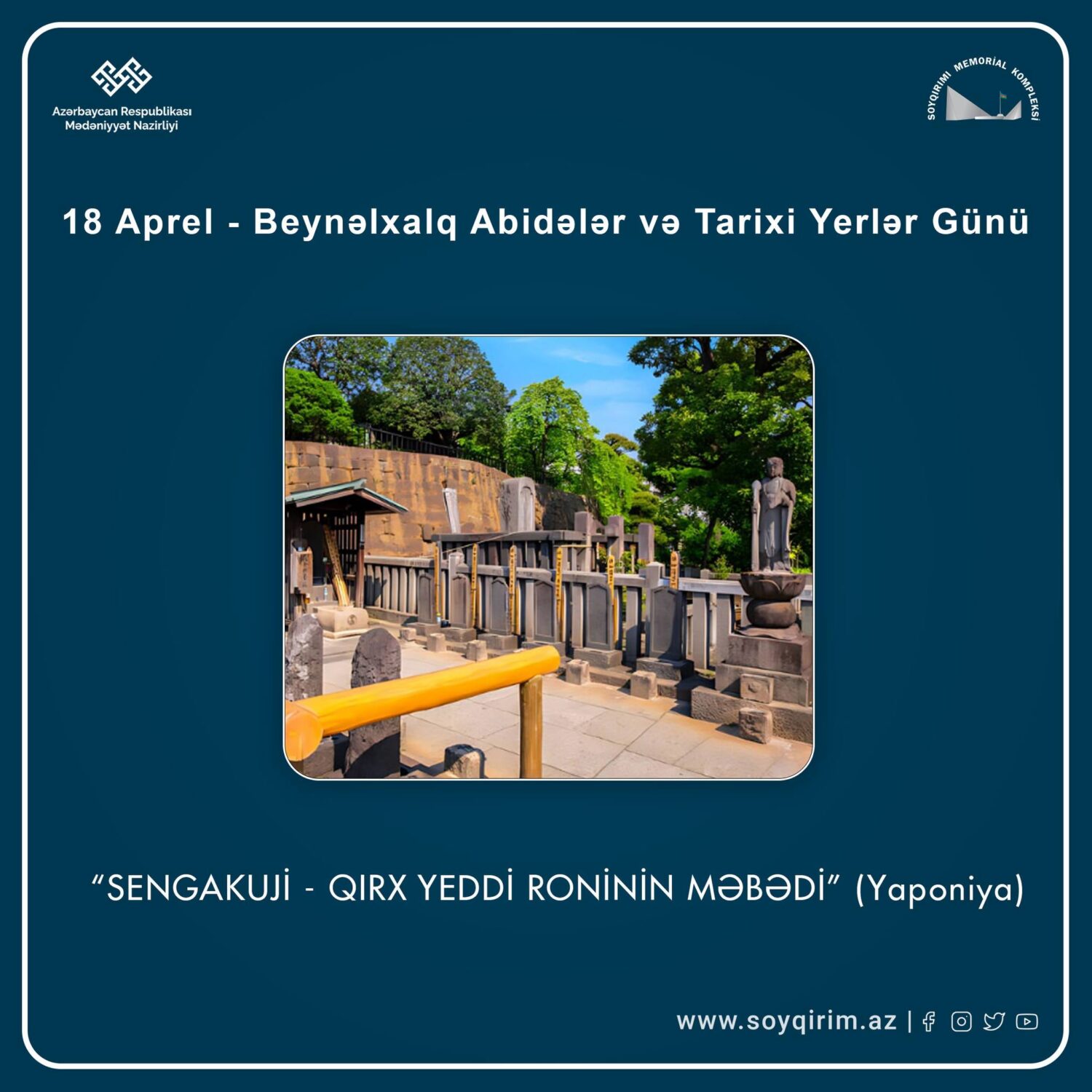"47 Ronin Monument"

The monument built to commemorate the heroism of Lord Asano and the 47 samurais (later known as ronin after losing their master) is located inside the Sengakuji Temple in Tokyo, Japan. The story of the 47 Ronin is one of the most famous samurai legends in Japanese history. This event took place in the early 19th century and embodies the highest values of the samurai code, “Bushido.”
The story of the monument begins with the insult of a feudal lord named Asano Naganori by a court official, Kira Yoshinaka, who schemed to seize Asano’s position. Unable to tolerate the insult, Asano slashed Kira with his sword. However, since he violated the laws of the court, Asano was sentenced to death, and Kira achieved his goal by taking Asano’s position as the feudal lord.
Asano’s loyal samurai (ronin) decide to take revenge on their lord’s behalf. They realize that regardless of whether they win against Kira or lose, they will be sentenced to death under the current laws.
In December 1702, following a carefully planned attack, the 47 Ronin successfully kill Kira and restore justice. The Ronin were to be executed, but the government, acknowledging their loyalty to their master, granted them an honorable death – seppuku (ritual suicide). One of the Ronin is pardoned, while the remaining 46 commit seppuku.
The monument stands as a symbol of loyalty, honor, and sacrifice for the Japanese people. Every year on December 14th, the anniversary of their revenge, a memorial ceremony is held, and thousands of people visit Sengakuji Temple to pay their respects.
The 47 Ronin Monument is a relic of a historical event that left a profound mark in history. This monument is an important symbol emphasizing the significance of the samurai code, honor, and loyalty. Both historically and culturally, the tale of the 47 Ronin continues to inspire people today.






